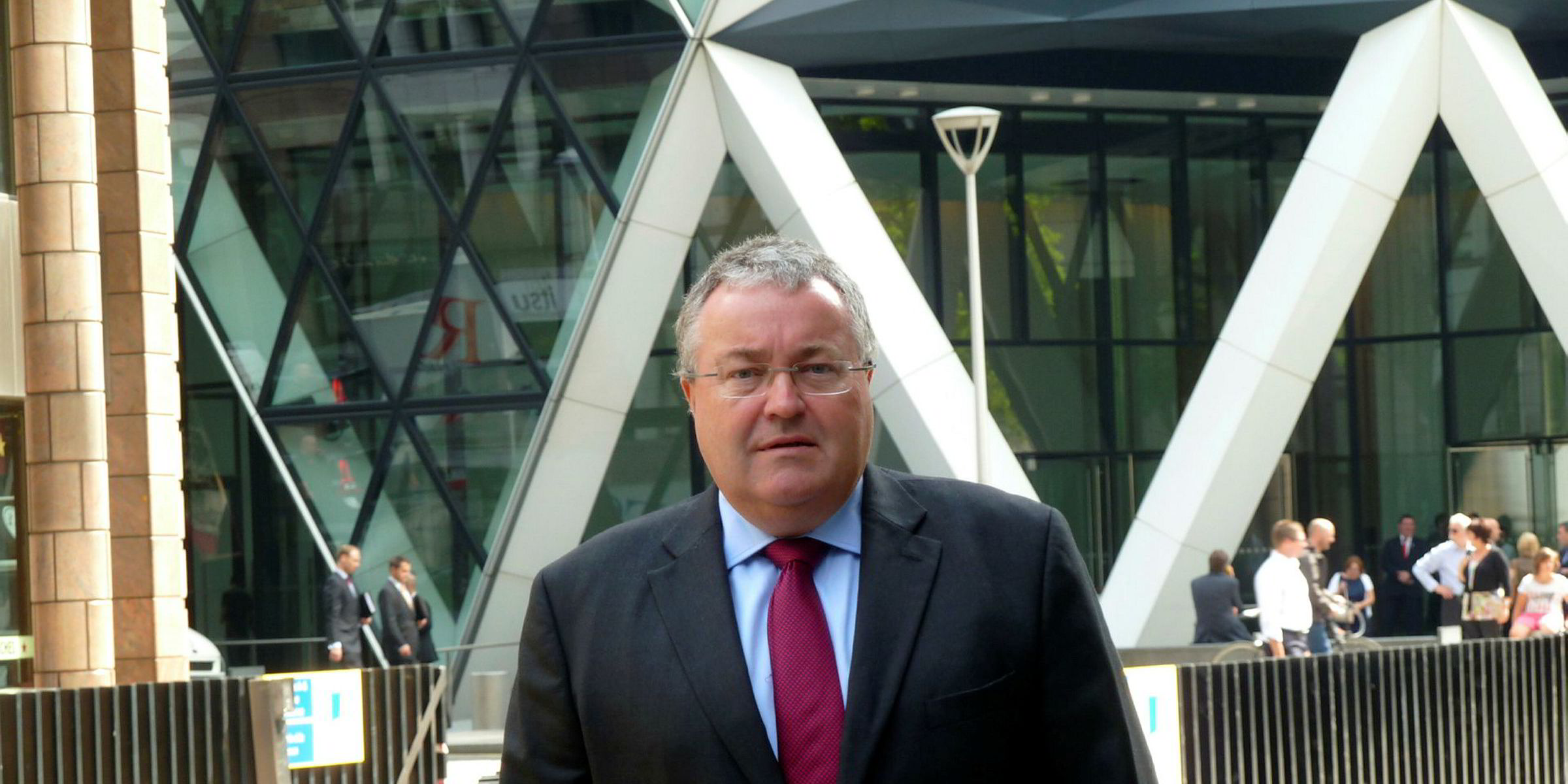Premium reductions in other than exceptional circumstances are becoming hard to find in London’s marine hull insurance market.
In a sign of a hardening market, fleets renewing at the New Year are agreeing expiry terms, or more likely rate rises in the 2.5% to 5% range.
One month on since leading underwriter Peter Townsend put his head over the parapet to warn that something had to be done about the unsustainable level of hull premiums, he is still standing.
Townsend is sticking to his resolve to raise rates, with his initiative attracting support rather than the pot shots he anticipated from critics.
Townsend says he is no longer seeing rate reductions, although there are some renewals on expiry terms.
Most accounts are being renewed at modest increases but more momentum is needed, he adds.
Townsend, the head of marine at AmTrust syndicate 1206, is a former chairman of London Joint Hull Committee and one of the most prominent underwriters in the market.
He has heard through brokers and directly from other underwriters that his initiative has not gone unnoticed.
“I have had people saying, 'good on you for standing up'. There is more backbone but nowhere near what we need,” he added.
Norwegian Hull Club chief executive Hans Christian Seim recently declared there has been a turn in the market. He also endorsed Townsend’s analysis, reported in TradeWinds on 10 November, that it was time to say no to unprofitable business.
And Townsend returns the compliment. “If the Norwegian Hull Club is hardening that is encouraging for us all,” he said.
Despite recent indications of the hull business turning after years of underperformance, Townsend still has an apocalyptic view of the challenge facing the market.
“If I am right and we start to get the sort of rises needed, then we have all got a chance of being around next year,” he said.
“But if I am wrong and the market does not change, my syndicate will lose a fair bit of business.
“Will we lose good business? The answer is no. We will lose good business badly rated.”
In November, Townsend told TradeWinds that he was dividing the syndicate’s hull portfolio into three portions: good business it would fight to keep, a slice it was ambivalent about and business that it would not be renewing without an improvement in rates and conditions.
The bottom line is that the underwriter would rather incur an expenses loss from reduced activity than both an expenses loss and underwriting loss from inadequately rated business.
There is a long-standing consensus that the unprofitability of the marine hull market is down to the oversupply of underwriting capacity, with a benign claims climate fatally weakening any resolve to seek higher rates.
Finger of blame
But Townsend also points a finger of blame at the European Union’s Solvency II regulatory initiative. He suggests that Solvency II, by giving credit for diversification, has had the unintended consequence of driving capital into the marine hull market.
Diversification credits mean an insurer can expand into marine hull at minimal cost by making further use of capital already there to secure other business lines.
But the scale of hull losses is now outweighing the benefits of diversification.
“We are at the tipping point, or even beyond that point, where the underwriting losses exceed the diversification credits,” Townsend observed.
And after the recent hurricanes in the Caribbean and the US gulf states, as well as wildfires in California and the US west, reinsurance is becoming more costly.
“We are in the process of getting our excess of loss renewals. We are all seeing a rise to a greater or lesser extent, so the cost of capital is increasing,” Townsend said.
Statistics from the Lloyd’s of London market — still the biggest underwriter of marine hull business — show an alarming increase in loss ratios for this line of business.
“We know 2017 is going to be worse than 2016 for us in London. Unless we do something there is no real prospect of that improving,” Townsend stressed.





